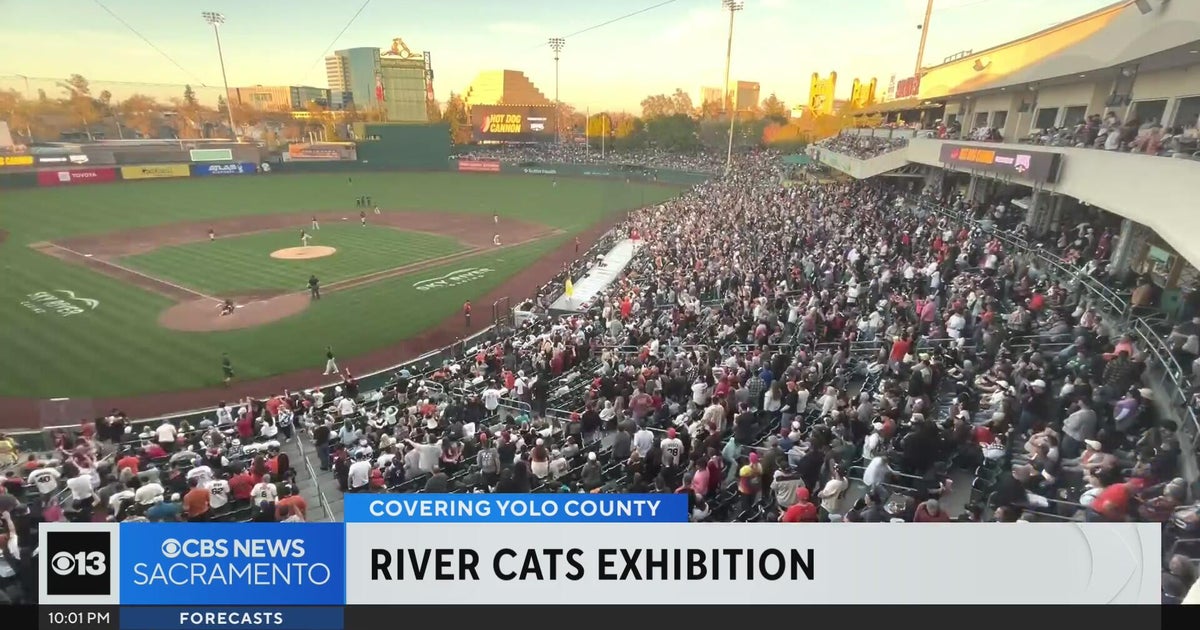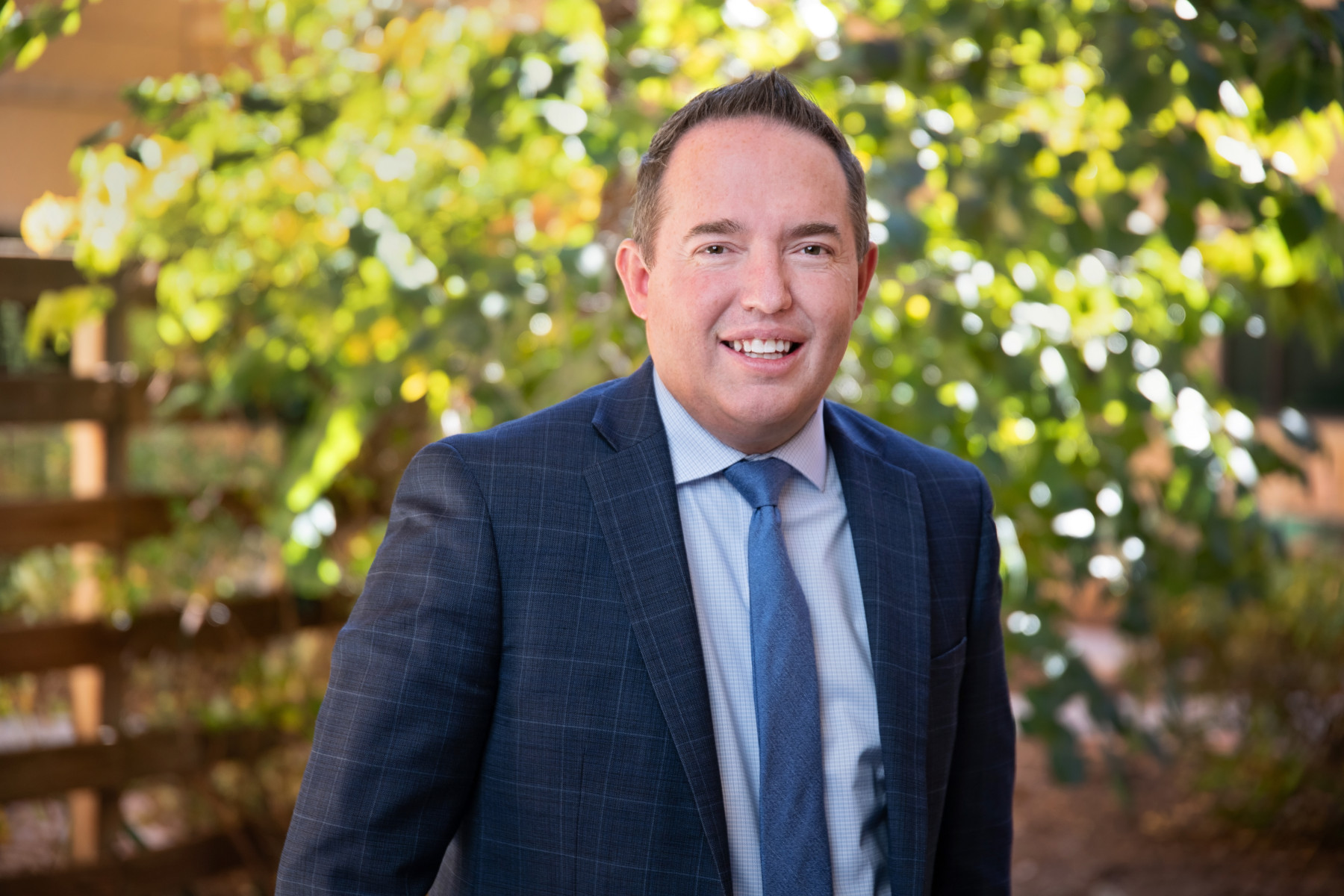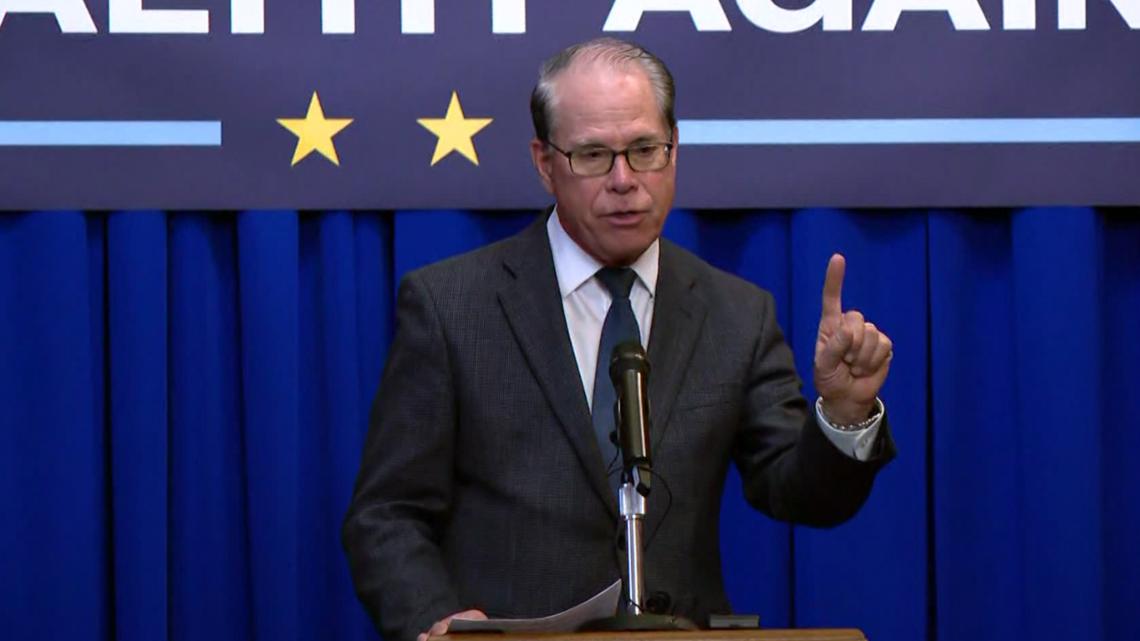Campus Crisis: When Your Workplace Feels Unsafe - What Every Professor Needs to Know

As the California State University system continues to allocate substantial financial resources toward lavish infrastructure projects, students and faculty are raising critical questions about spending priorities. Chancellor Mildred Garcia and the Board of Trustees appear more focused on constructing expensive stadiums and maintaining expansive parking facilities that often remain underutilized, while core academic needs potentially go unaddressed.
The ongoing investment in large-scale physical infrastructure seems to highlight a disconnect between administrative spending and the fundamental educational mission of the university system. Students are increasingly vocal about their concerns, arguing that these substantial financial investments could be more strategically directed toward reducing tuition costs, enhancing academic programs, or providing additional student support services.
While impressive stadium complexes and sprawling parking lots may create aesthetic appeal, they do not necessarily translate into improved educational outcomes or student success. The CSU leadership's current approach appears to prioritize physical expansion over the core academic and student development needs that should be at the heart of higher education.
As the debate continues, many are calling for a more transparent and student-centered approach to resource allocation within the California State University system.








